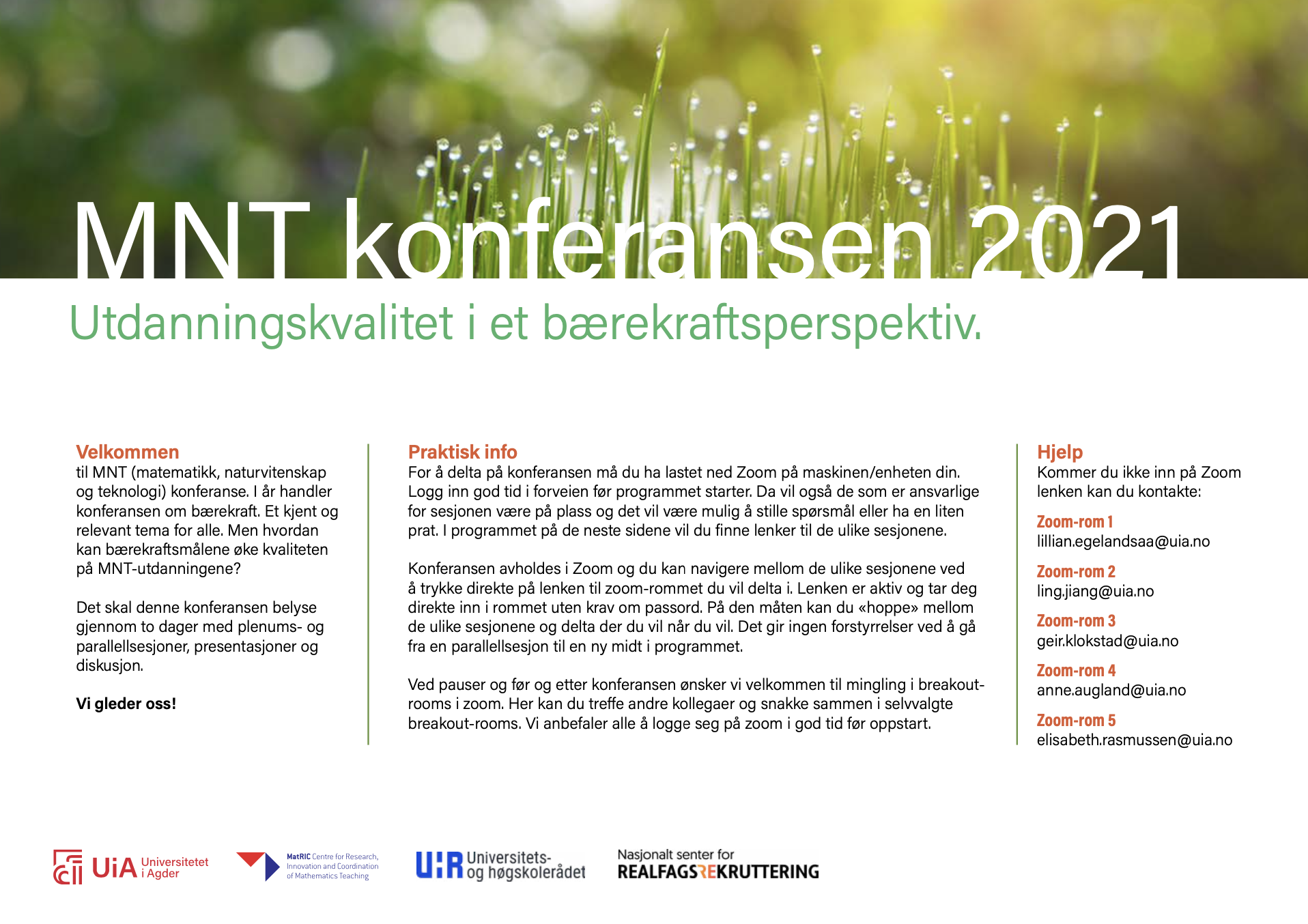How to succeed with volunteers on the basis of commitment and ownership
What are the key factors to gain commitment and ownership from members in student organisations?
DOI:
https://doi.org/10.5324/njsteme.v5i1.3906Sammendrag
Organising a multidisciplinary student organisation face challenges in regards to student engagement,
ownership and commitment. This article will discuss key factors to create commitment
and ownership in volunteer organisations. The identified factors are 1) an engaged core group of
ambassadors who spread motivation, passion and drive, 2) build relations across departments and
level of responsibility to lower the threshold to share ideas, give feedback and ask for advice, 3)
expedient and communicated organisational structure that divides responsibility and ensures collaboration,
and 4) clear individual and personal incentive to participate. These factors will increase
your likelihood of success with motivating your members to be committed and take ownership.
Align Racing UiA, the case of this study, is a student organisation with over 60 students engaged
in multidisciplinary tasks. The team goal is to produce one race car per year and compete in Formula
Student. The core visions for the team was establishment of community spirit, ownership and
commonly established success factors. This vision, and continuous progress, was enacted throughout
the year of the competition with a focus on dependable communication across the departments
and fast paced problem solving. The team achievements were impressive, compared with other
Formula Student teams.
Downloads
Nedlastinger
Publisert
Utgave
Seksjon
Lisens
Opphavsrett 2021 Andreas Wæhle, Nora Rogne, Stian Westbye, Jørgen Nilsen, Sigurd Tollevik, Kjell G. Robbersmyr

Dette verket er lisensiert under en Creative Commons Attribution 4.0 International Lisens.
The Nordic Journal of STEM Education licenses all content of the journal under a Creative Commons Attribution (CC-BY) licence. This means, among other things, that anyone is free to copy and distribute the content, as long as they give proper credit to the author(s) and the journal. For further information, see Creative Commons website for human readable or lawyer readable versions.
Authors who publish with this journal agree to the following terms:
1. Authors retain copyright and grant the journal right of first publication with the work simultaneously licensed under a Creative Commons Attribution License that allows others to share the work with an acknowledgement of the work's authorship and initial publication in this journal.
2. Authors are able to enter into separate, additional contractual arrangements for the non-exclusive distribution of the journal's published version of the work (e.g., post it to an institutional repository or publish it in a book), with an acknowledgement of its initial publication in this journal.
3. Authors are permitted and encouraged to post their work online (e.g., in institutional repositories or on their website) prior to and during the submission process, as it can lead to productive exchanges, as well as earlier and greater citation of published work (See The Effect of Open Access

